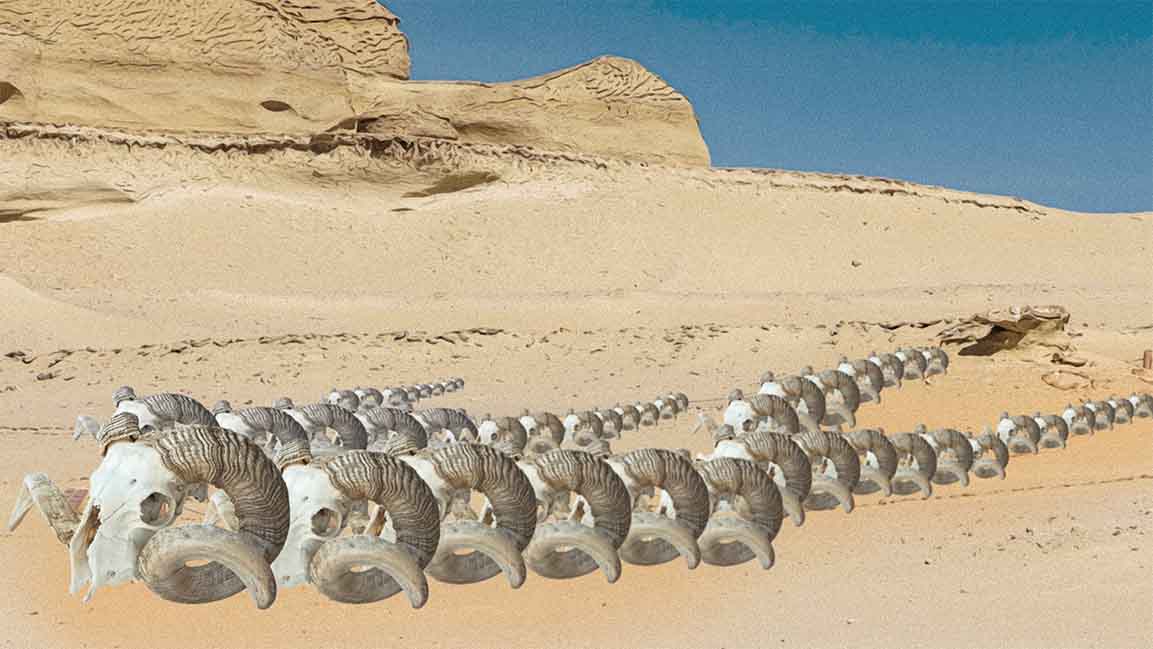- | 1:00 pm
Researchers discover over 2000 ram heads in ancient Egyptian temple
The discovery could help shed light on the life and history of Rameses II’s temple.

Archaeologists in Egypt have uncovered the remains of more than 2,000 ancient mummified ram heads at a prominent temple to the pharaoh Rameses II in southern Egypt.
According to the tourism and antiquities ministry, mummies of dogs, goats, cows, gazelles, and mongooses were also discovered by a team of US archaeologists from New York University at Abydos.
Sameh Iskander, head of the mission, said that the ram heads were “offerings,” indicating a “cult to Ramses II celebrated 1,000 years after his death.” The pharaoh ruled Egypt for nearly seven decades, from 1304 to 1237 BC.
The recent finds will help people know more about the temple of Rameses II and the events that took place from its construction between 2374 to 2140 BC and the Ptolemaic period, from 323 to 30 BC, said Mostafa Waziri, secretary general of Egypt’s Supreme Council of Antiquities. “They lift the veil off important details about the life and history of Rameses II’s temple at Abydos and the surrounding area.”
Researchers also discovered the remains of a palace with five-meter-thick walls dating to 4,000 years ago. Other artifacts include statues, papyri, remains of ancient trees, leather clothes, and shoes.
With the findings, researchers hope to learn more about the architectural traditions of the Old Kingdom, which is the least understood era of ancient Egypt.
































